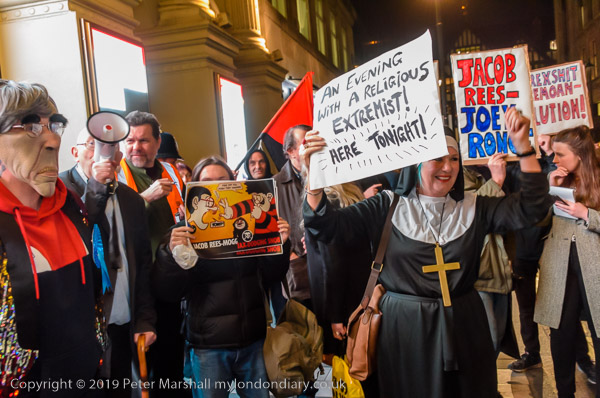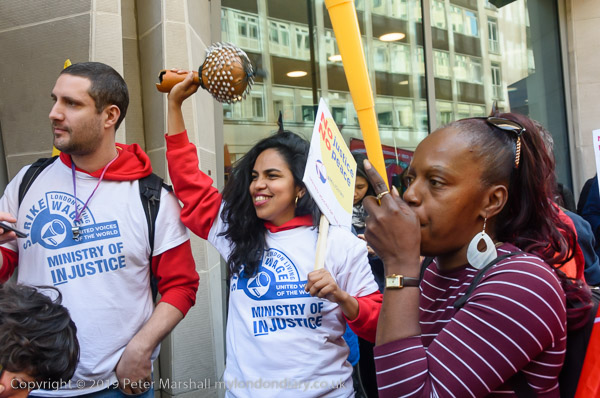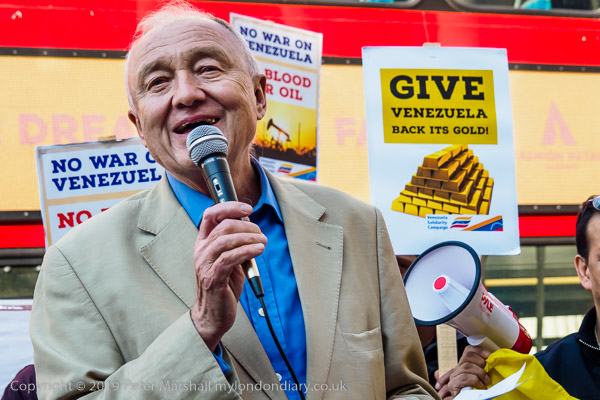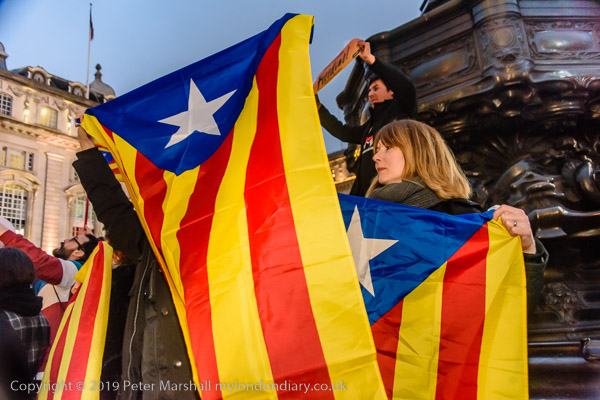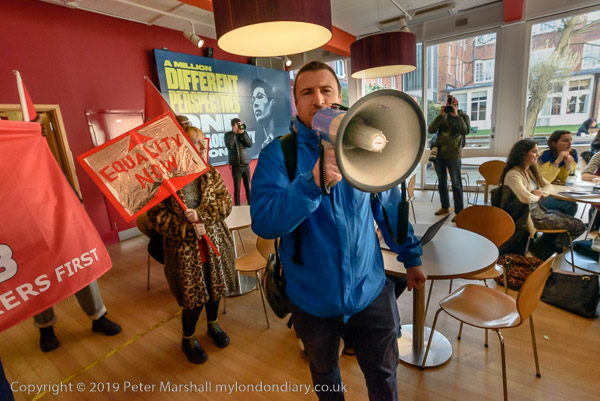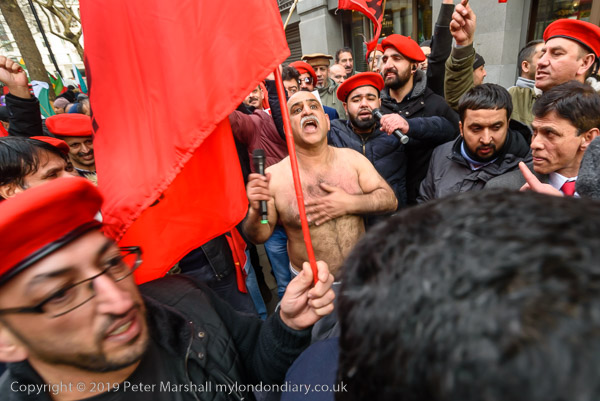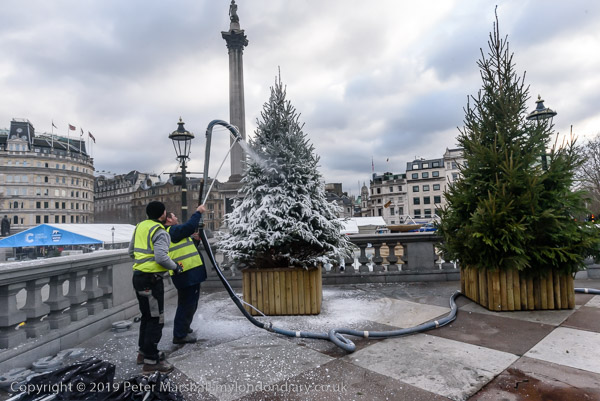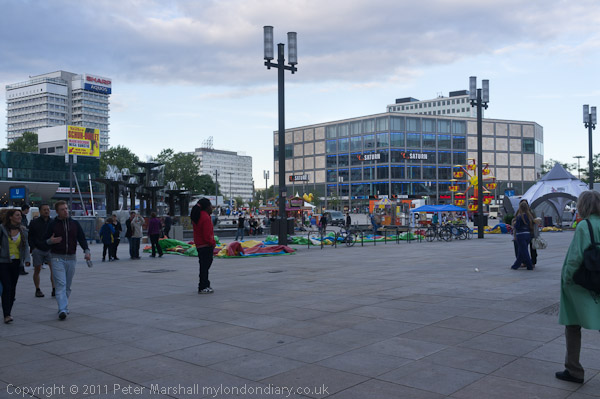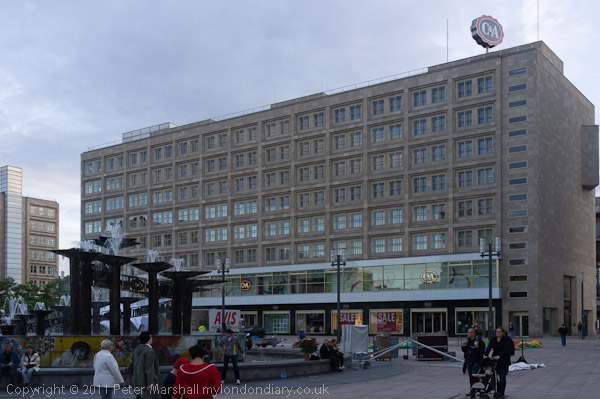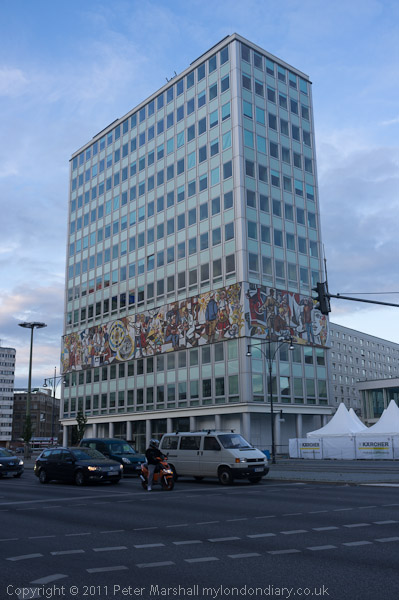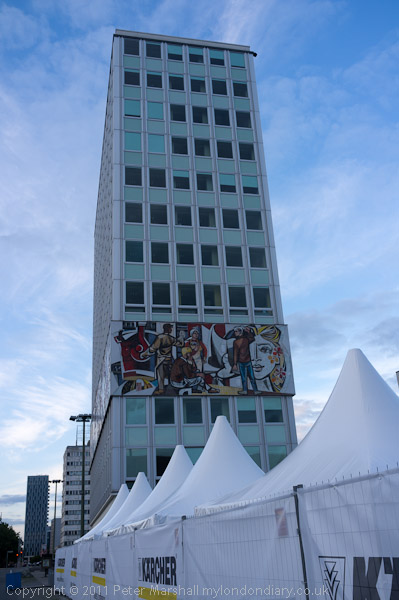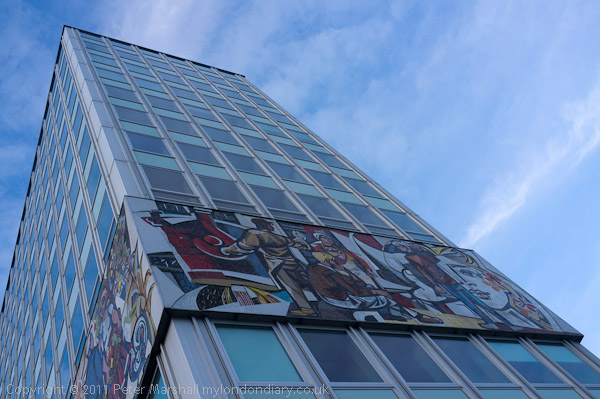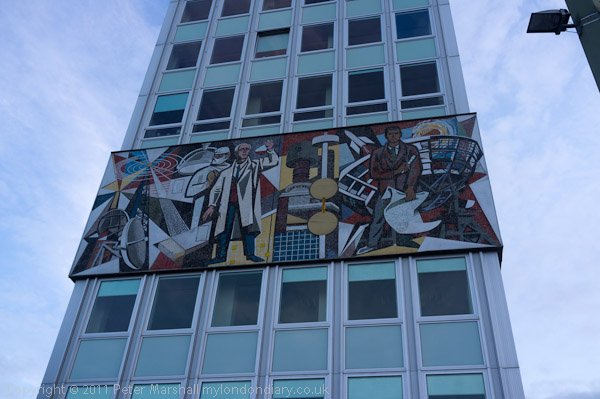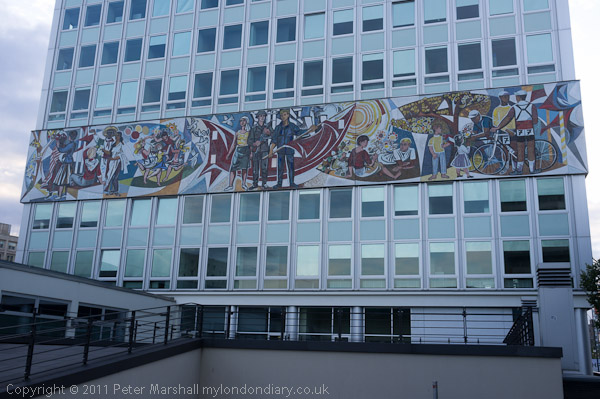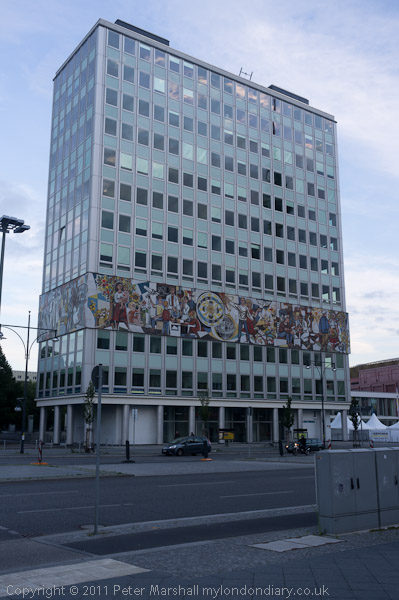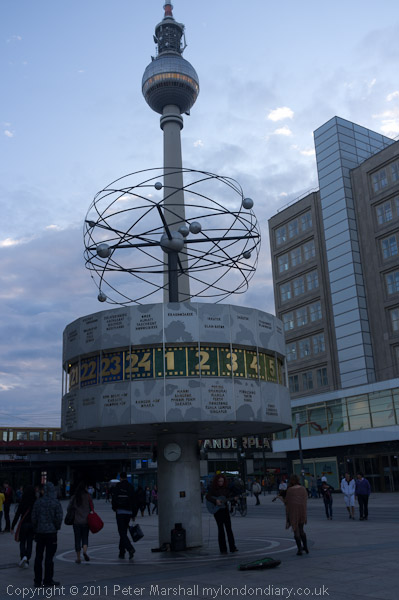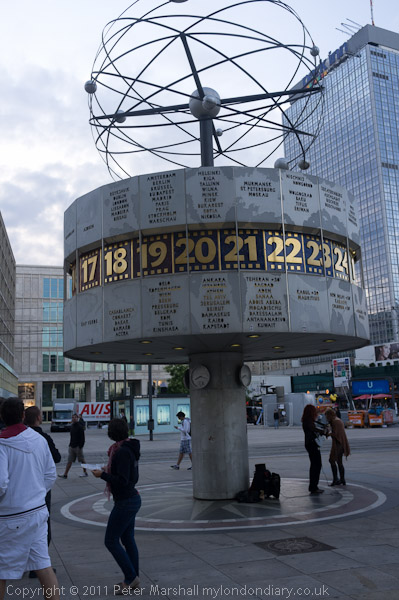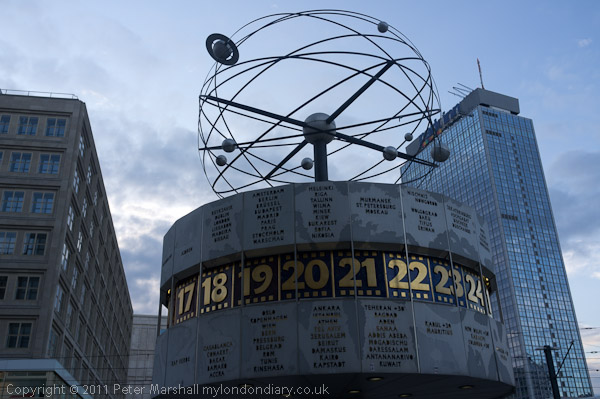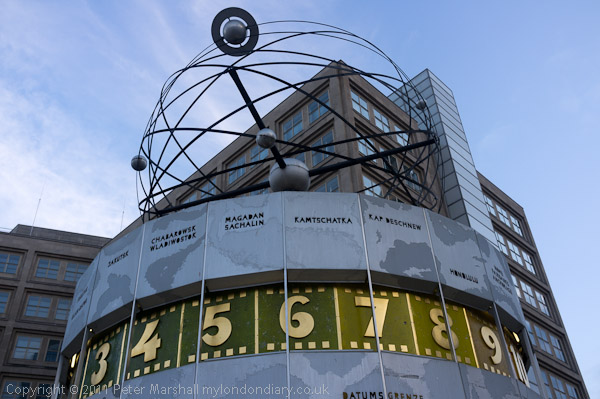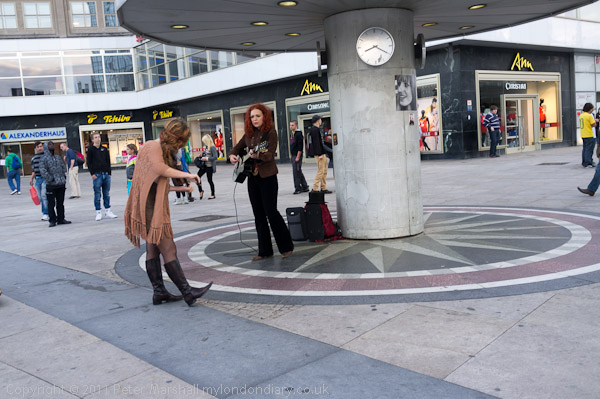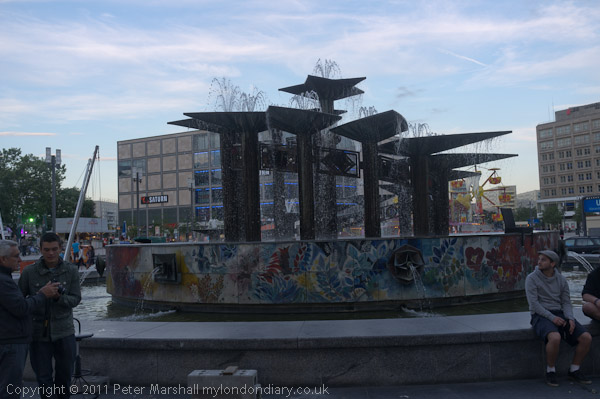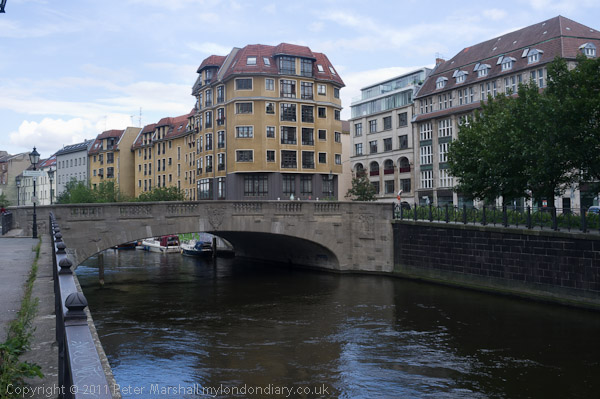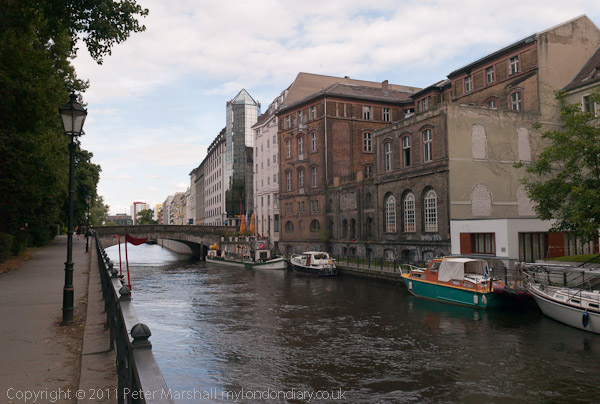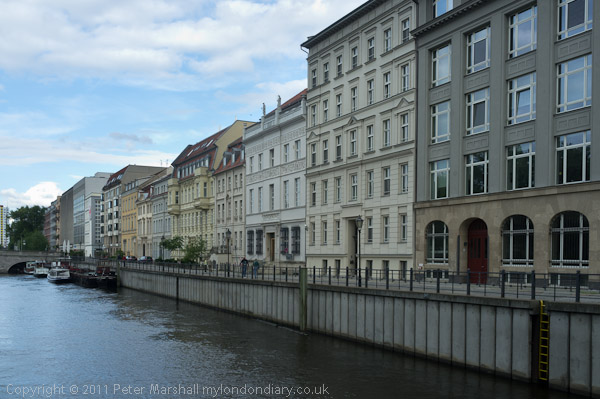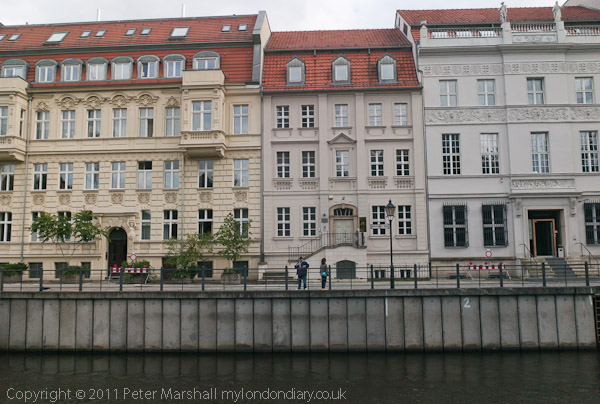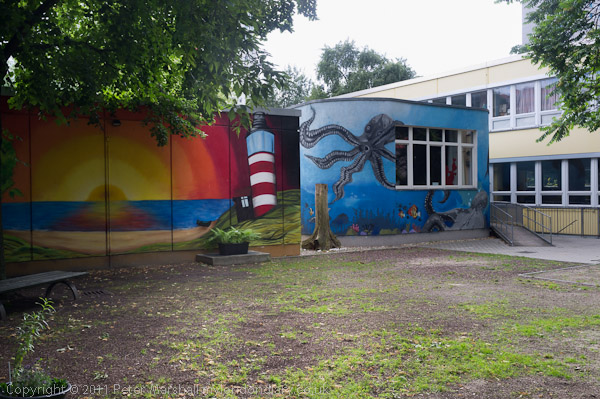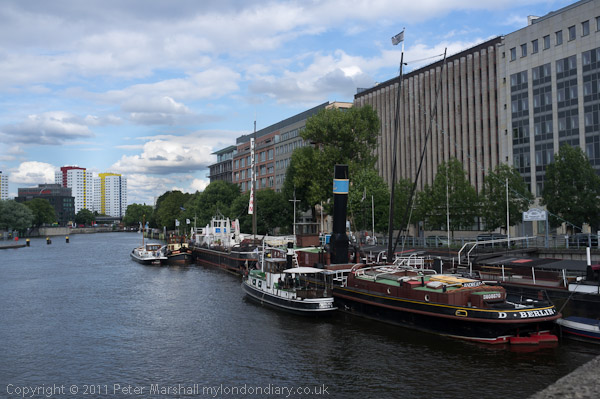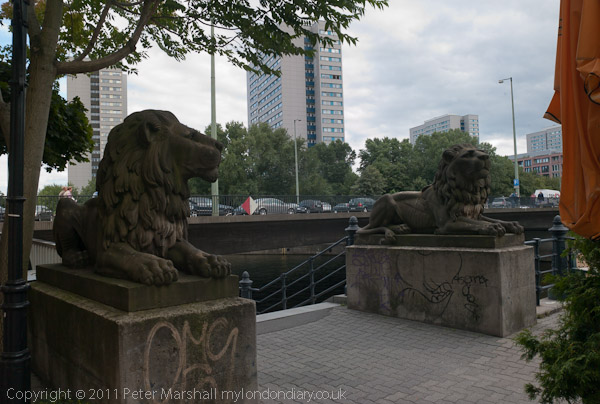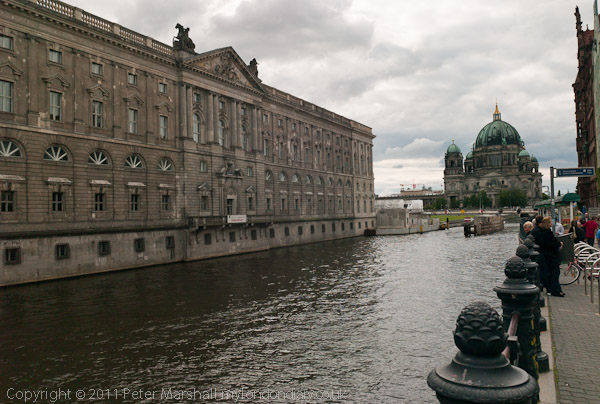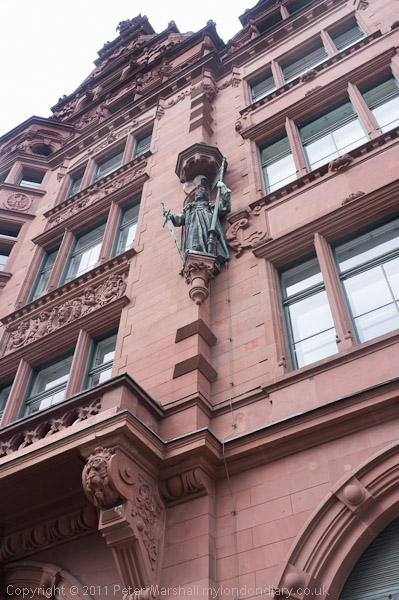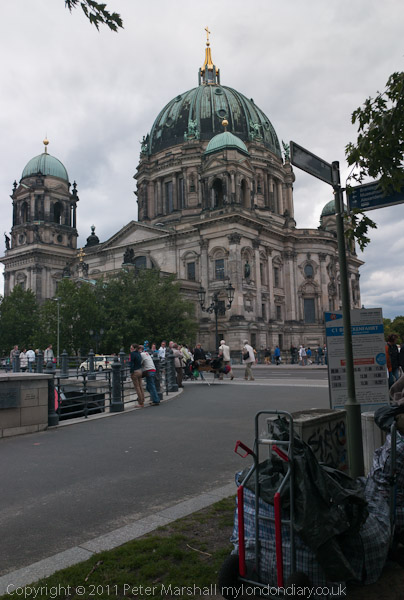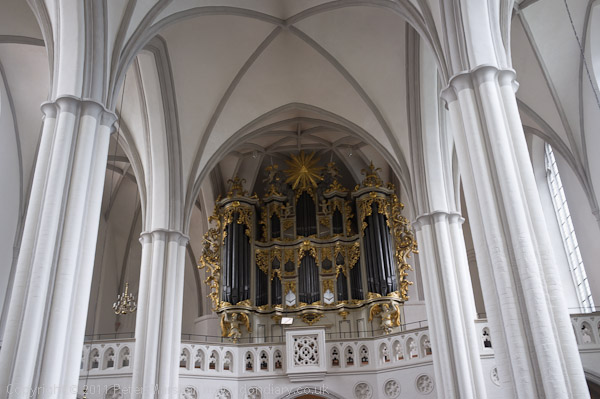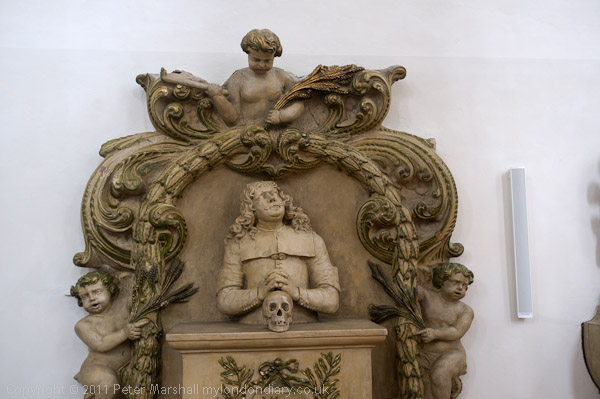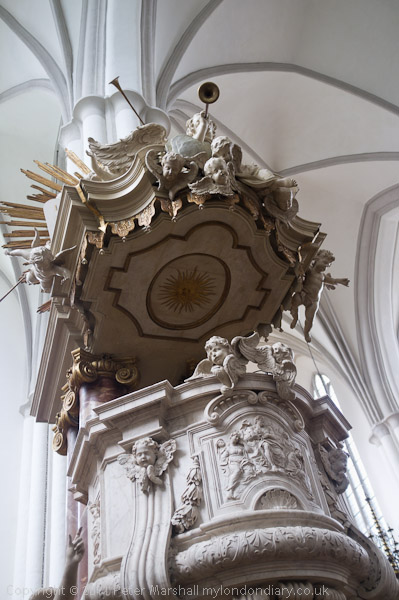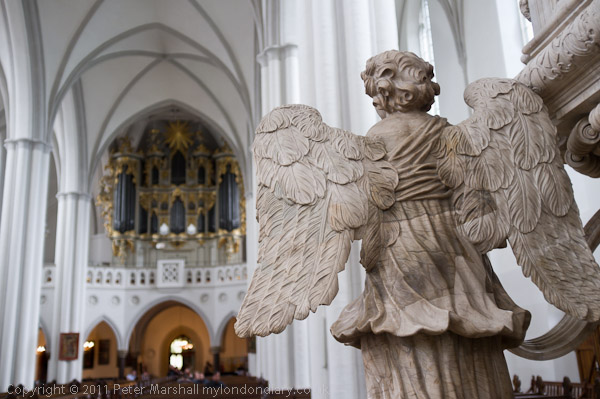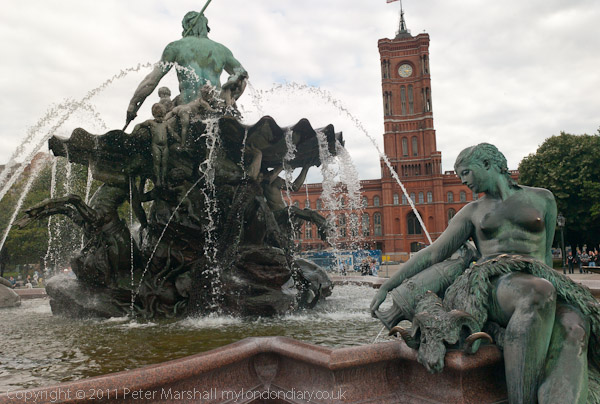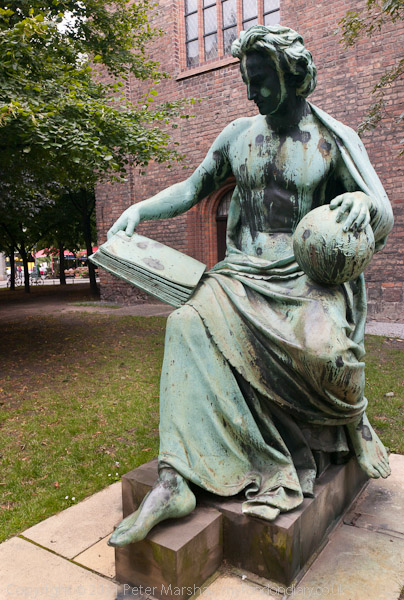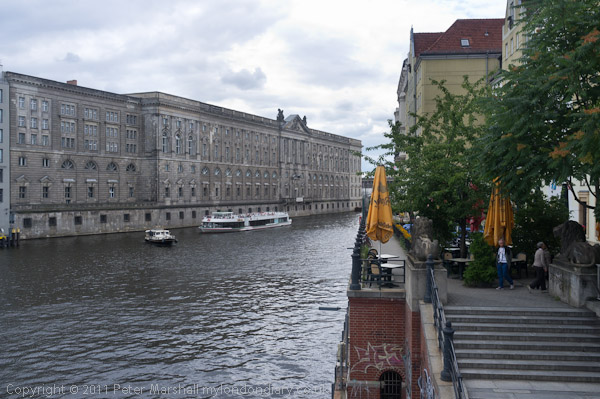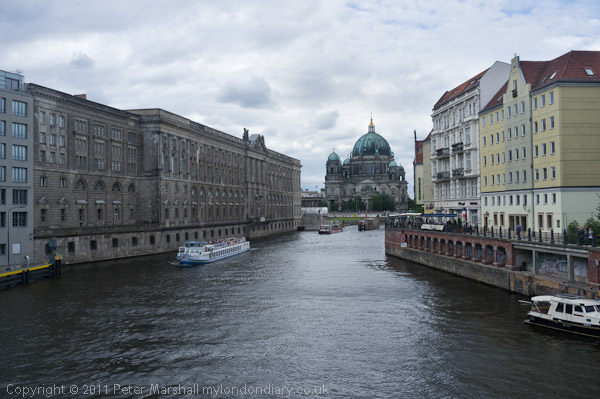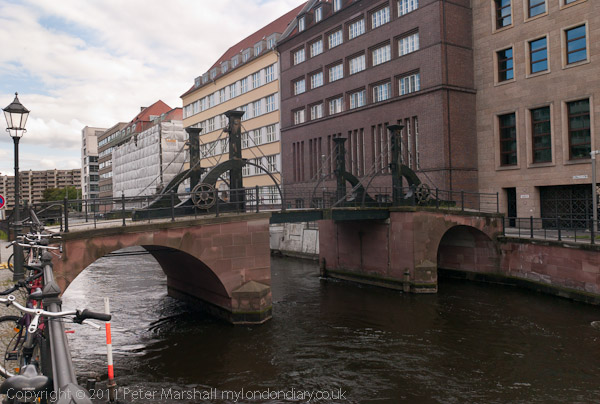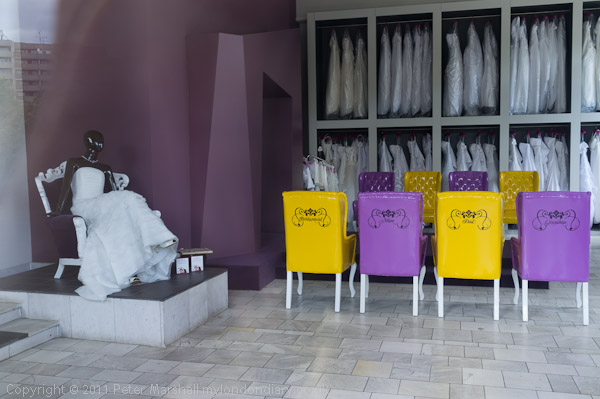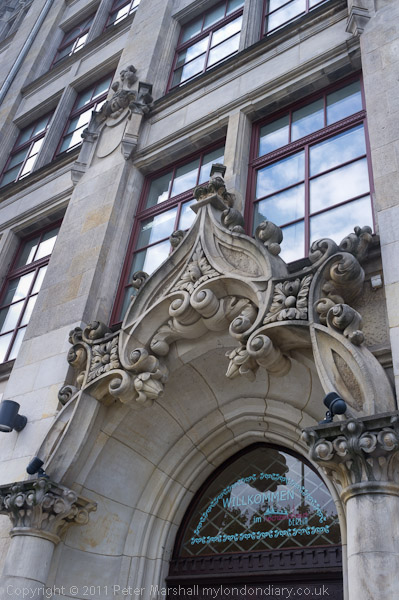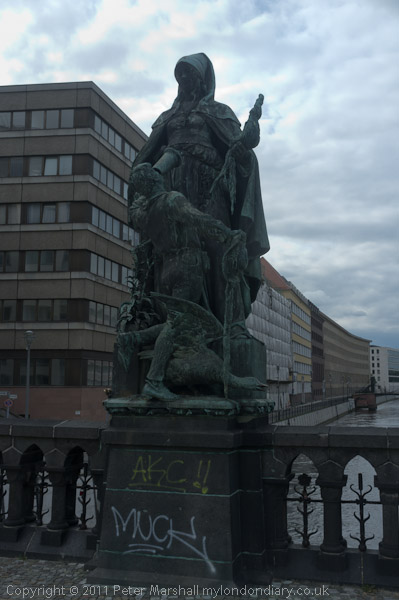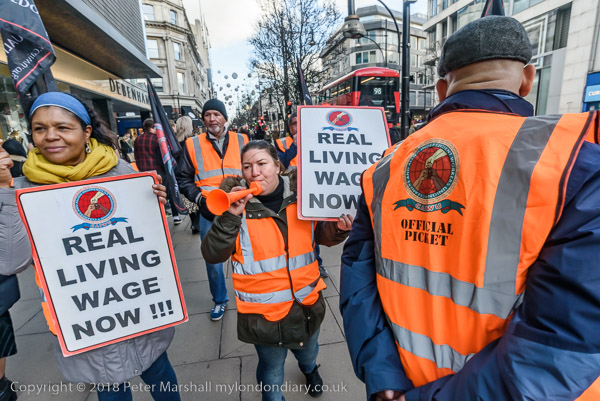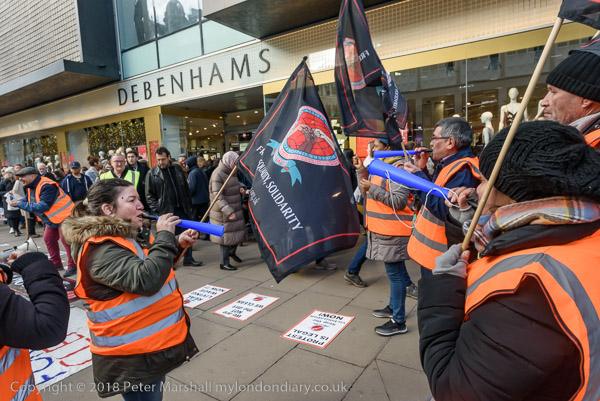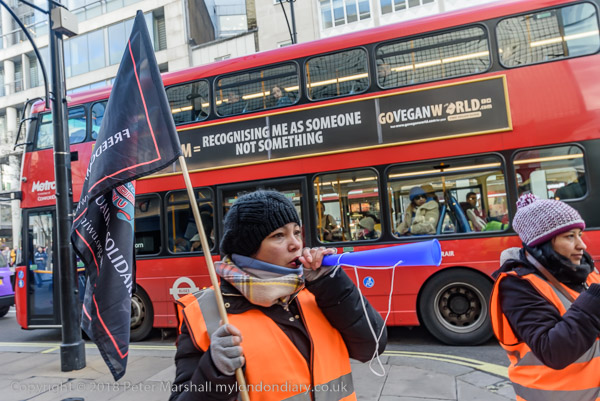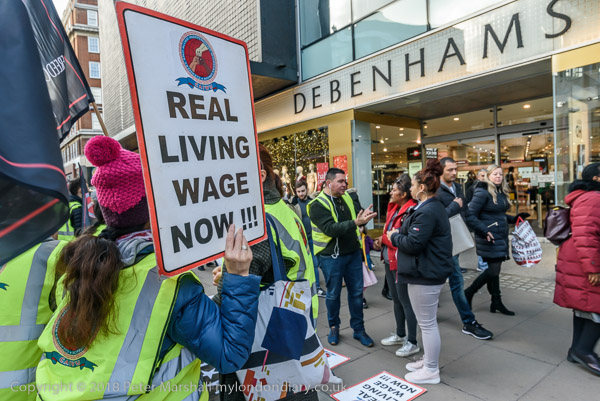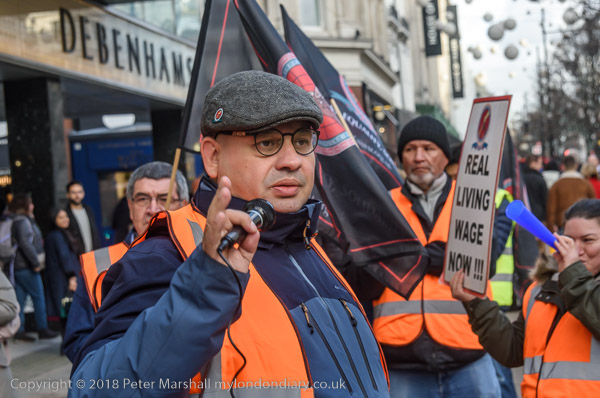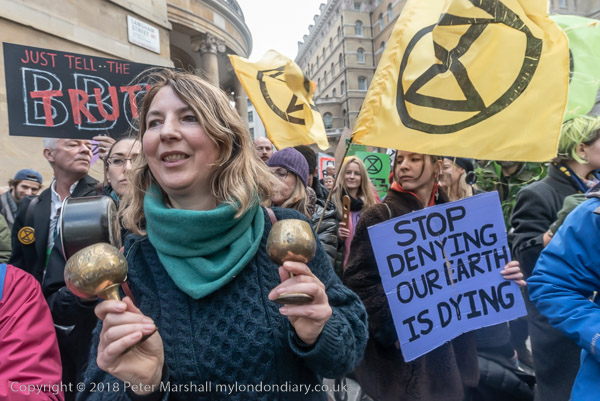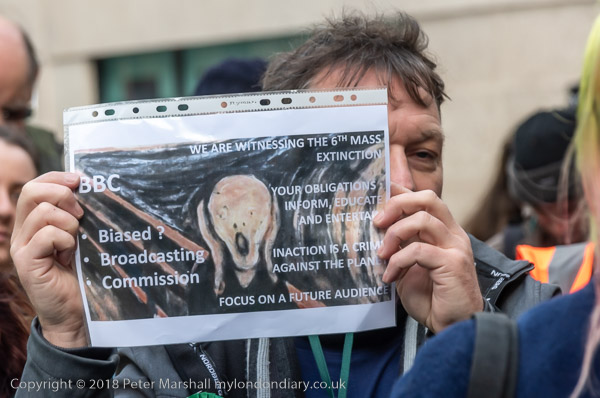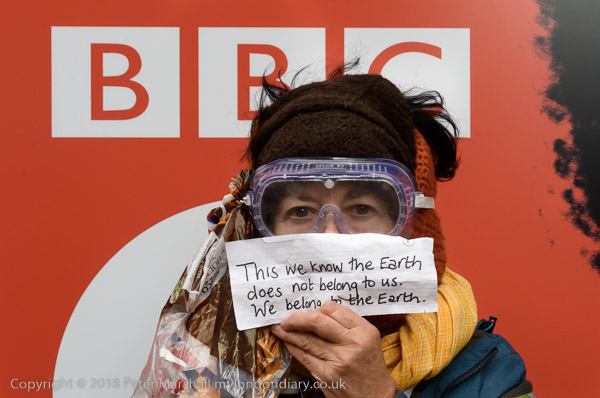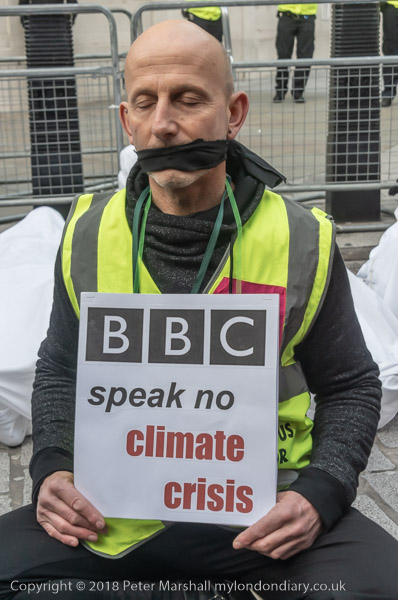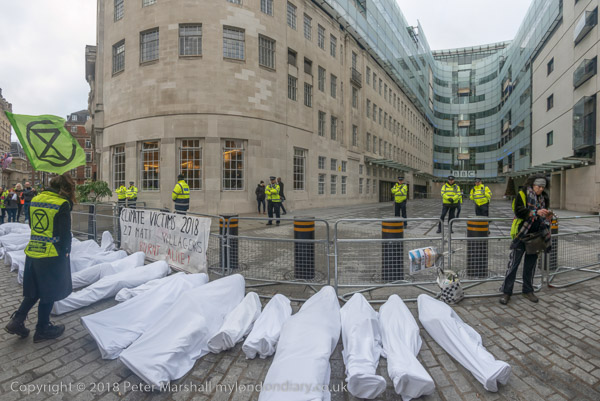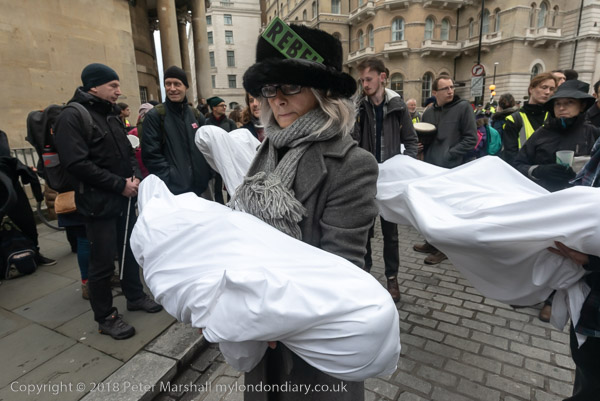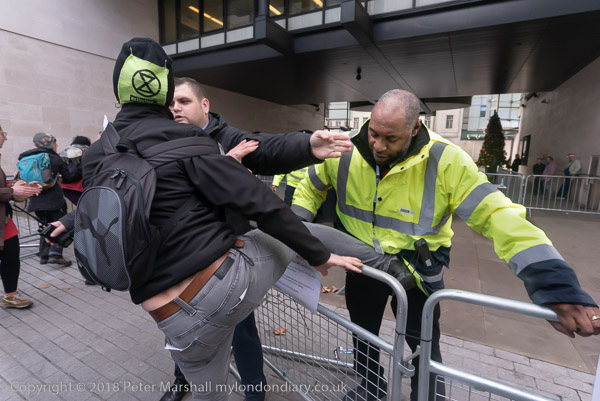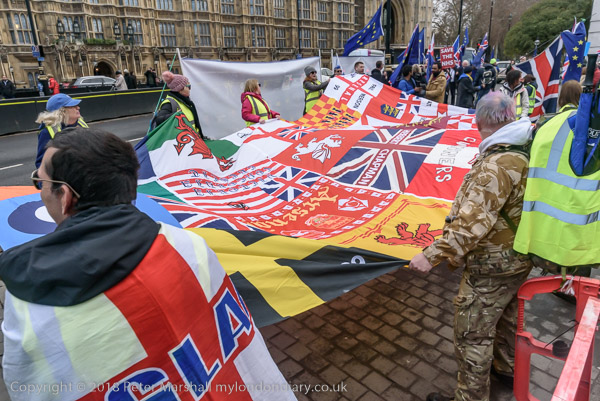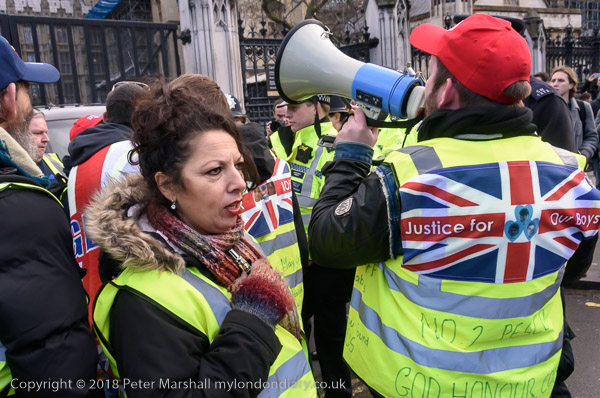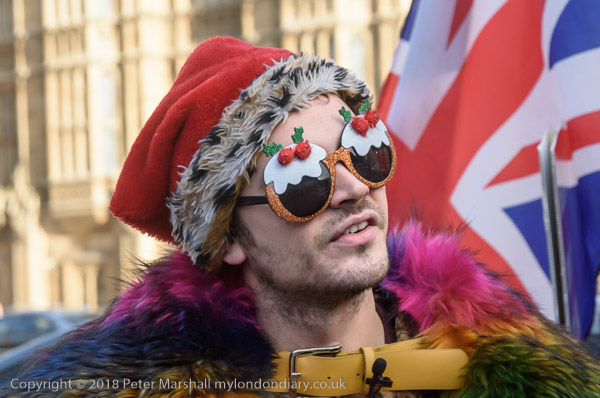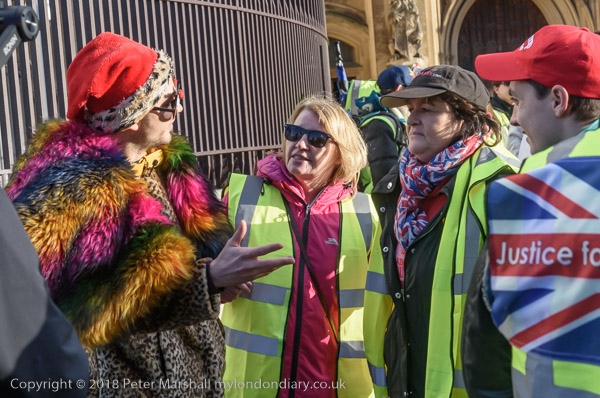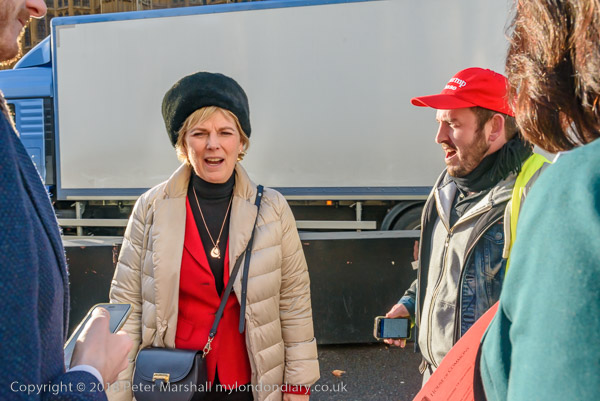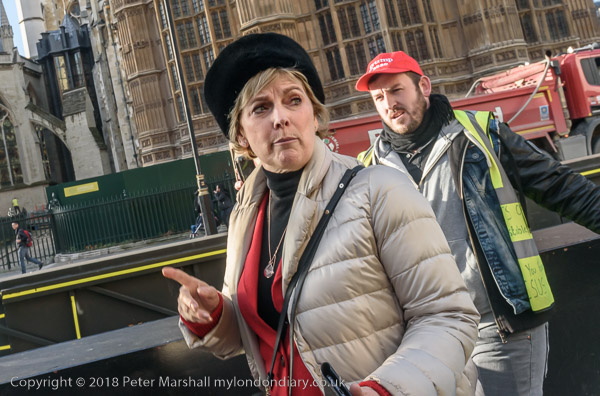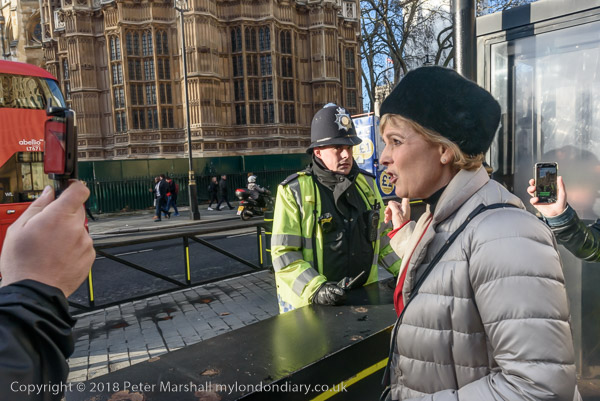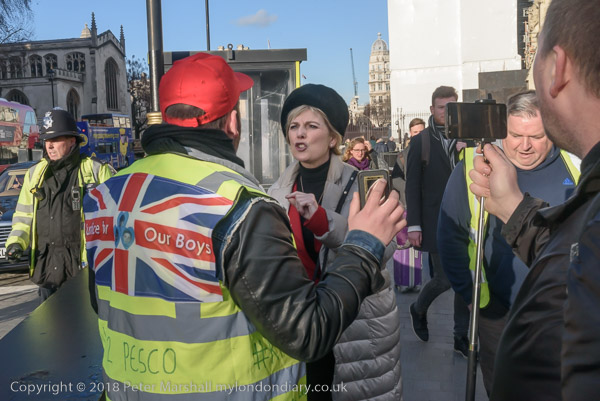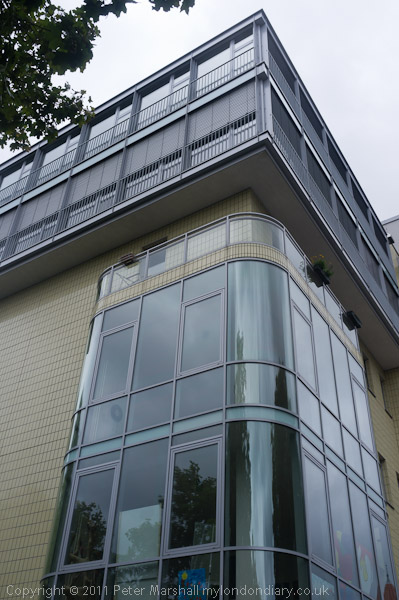
We walked up the gentle slope of Methfesselstrasse to reach the top of the Kreuzberg in Viktoria Park, past some varied architecture mainly from the nineteenth century but including a modern extension to a nineteenth century house which is a youth centre.
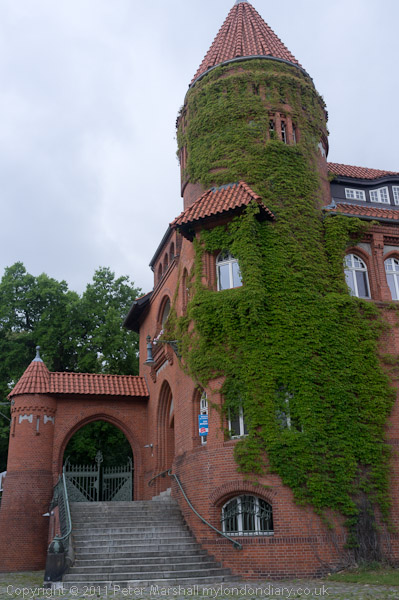
We couldn’t resist a short walk past the park entrance to admire this rather strange baroque mock-medieval castle built by arcitect Karl Teichen at 28 Methfesselstrasse as a reception and pub for Schultheiss after the company took over the Tivoli brewery 1891. Differing sources give the building date as 1891 and 1901.
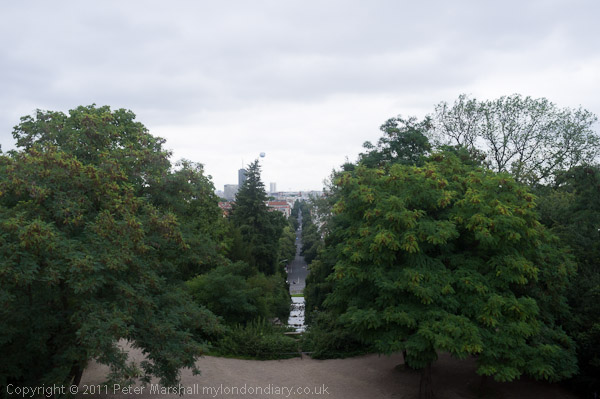
The view down the hill from close to the monument at its top is towards the centre of Berlin; the road at the bottom of the park is roughly 200 ft down.
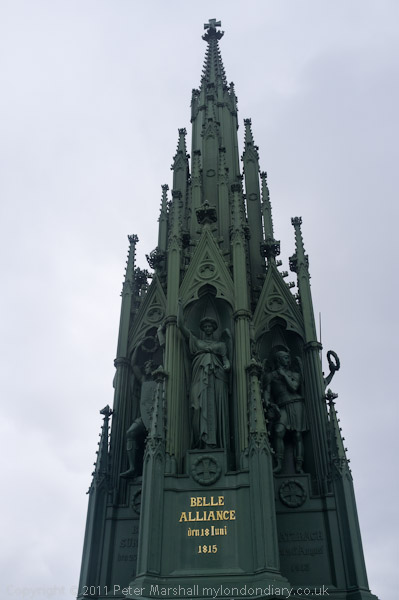
At the top of Viktoria Park in Kreuzberg is what looks like a cast-iron cathedral spire, Karl Friedrich Schinkel’s 1821 Pussian National Monument for the Liberation Wars, victory in which freed Prussia from French rule under Napoleon in 1813-14. Schinkel modified the spire of his design for a national memorial church after the money couldn’t be found to build this, to creat the monument for King Frederick William III of Prussia.
The king officially inaugurated it 1821, though it wasn’t really finished, and some of the statures which surround it were only plaster models painted to look like cast iron. The monument stands on top of a hill, and at the event the king gave the area which had been called Götze’scher Berg its current name of Kreuzberg (cross mountain) because the spire is topped by an iron cross. I photographed most id not all of the statues, but haven’t posted them here.
The iron cross gets it shape from the cross pattée adopted by the Teutonic Order in Acre, Jerusalem around 1190. William II was a great adopter of iron for almost every purpose and established the iron cross as a Prussian military medal in 1813, making the first award of it to his late wife. Later the German Army adopted it as their symbol.
We weren’t able to take one of the tours of the huge vault which is apparently under the monument, where some of the original full-size plaster models of the figures on it are still stored.
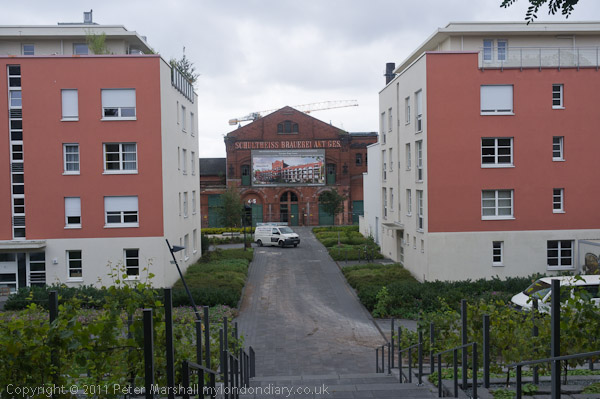
From close to the monument you can look down between modern blocks to the Tivoli Brewery, taken over by Schultheiss as their second brewery in Berlin in 1891. Production ceased here in 1994 but the brewery has many excellent listed examples of industrial brick architecture and has been transformed into a new residential area called Viktoria-Quartier. I had a beer in the small cafe (probably once a public toilet) close to the monument, but can’t remember if the beer was Schulteiss.
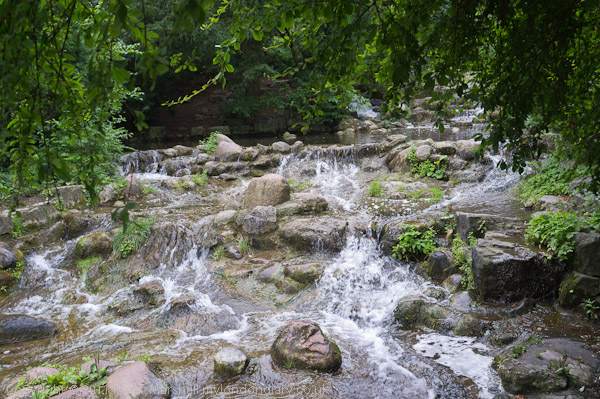
When the monument was erected it was only on a small patch of land at the top of the hill, and was in danger of becoming hidden by new developments. To avoid this Berlin acquired the land around it to create a park in 1887 and laid out following the design of Berlin city garden designer Hermann Mächtig (1837-1909) who renamed the park Victoria Park in honour of the British Queen Victoria. His waterfall first flowed in 1893 using gas driven pumps to raise around 13,000 litres of water to the top. The flow was stopped in 1914 and not resumed until 1935. The pumphouse was destroyed by British bombing in 1944. We’d been sensible enough to plan a route that involved walking down rather than up the rather steep hill down which an impressive stream cascades.
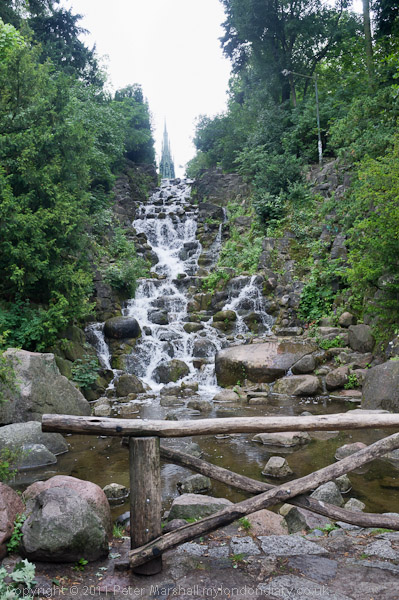
The monument was a little lost in haze when I made this picture, perhaps some of it caused by spray from the waterfall.
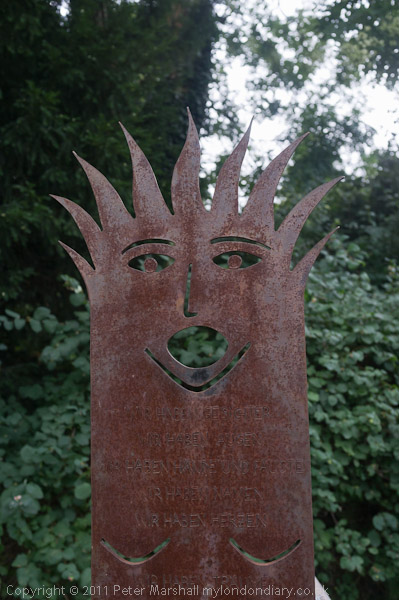
At the bottom of the park is another fairly recent iron memorial to raped women,
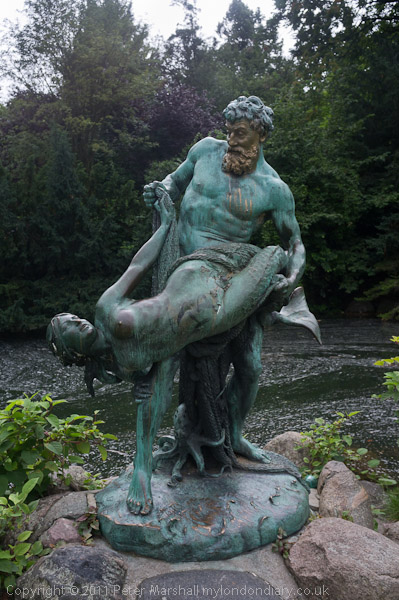
And ‘Der seltene Fang‘ (The Rare Haul), an rather erotic 1896 bronze by Ernst Herter, showing a fisherman struggling with a mermaid he has captured in his net.
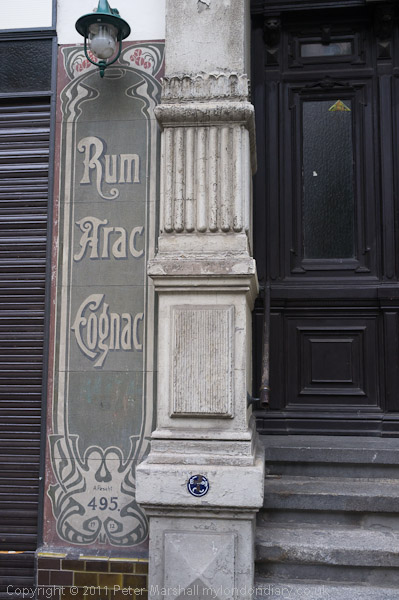
These decorations on a bar in Grossbeerenstrasse say they are from 1912 by A Pescht; one has the number 495. They are still there at No 54; the building by Grumach and Troschkel dates from 1876-1877 and is in a protected historic buildings area.
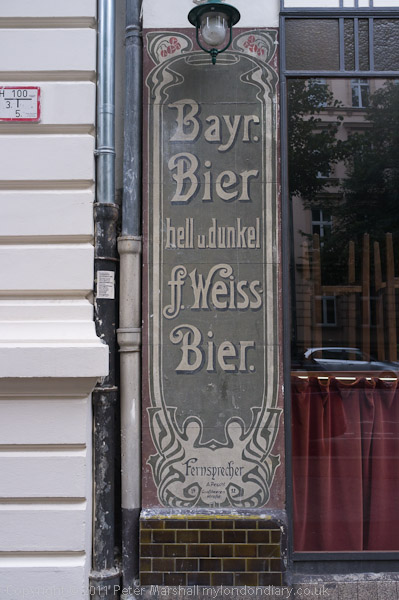
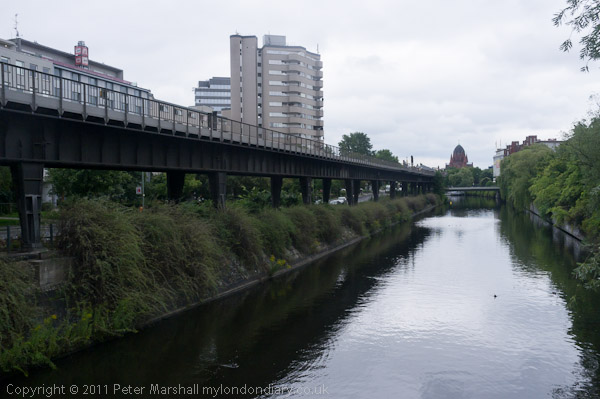
The Landwehr Canal and U-Bahn. The canal, almost 7 miles long was built between 1845 and 1850 to link the River Spree above and below the centre of Berlin.

Kammermusiksaal Hallesche Str, built in 1874/1875 by Hermann Blankenstein and A. Reich, as the Askanisches Gymnasium (1875–1929) partly destroyed in 1945.
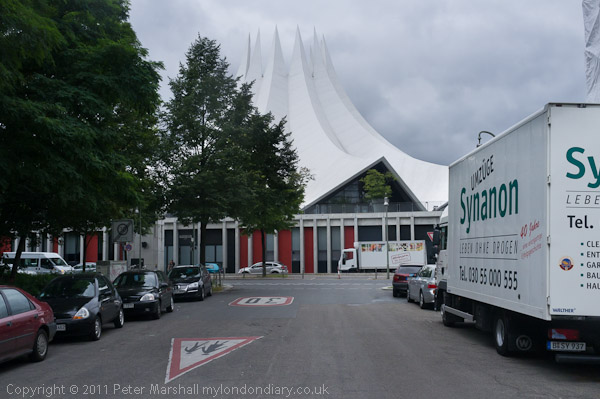
Berlin Kreuzberg Tempodrom a multi-purpose event venue in Berlin moved here to a permanent building in 2001.
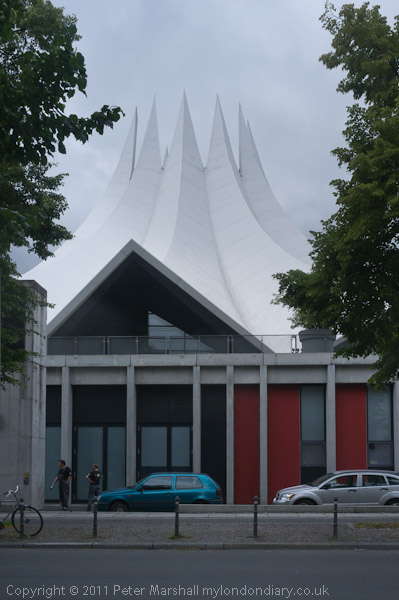
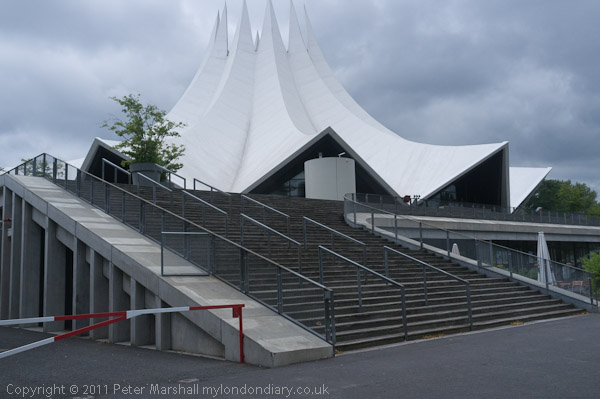
More from Berlin shortly.
Previous Berlin post
______________________________________________________
There are no adverts on this site and it receives no sponsorship, and I like to keep it that way. But it does take a considerable amount of my time and thought, and if you enjoy reading it, a small donation – perhaps the cost of a beer – would be appreciated.
My London Diary : London Photos : Hull : River Lea/Lee Valley : London’s Industrial Heritage
All photographs on this and my other sites, unless otherwise stated, are taken by and copyright of Peter Marshall, and are available for reproduction or can be bought as prints.
To order prints or reproduce images
________________________________________________________
